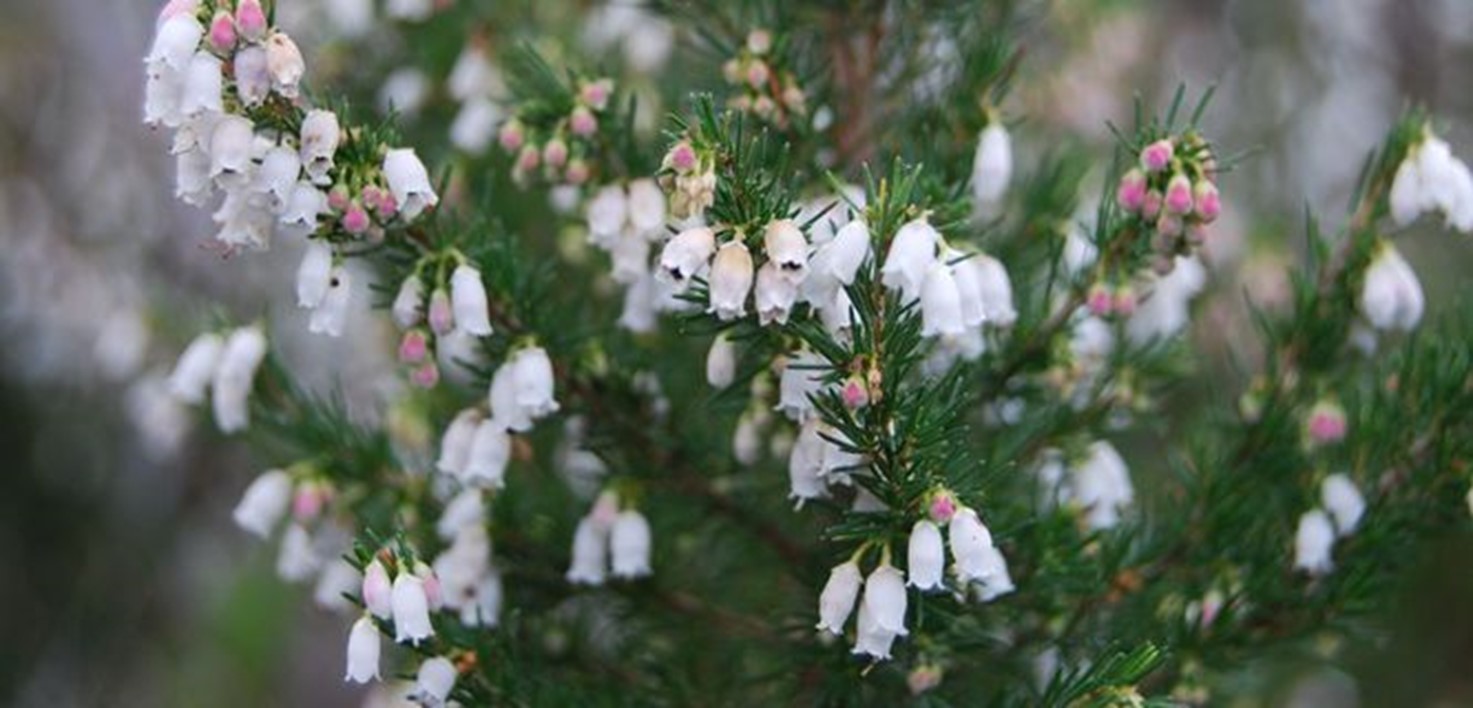Australian Plant Census (2011) available at: Vascular Plants APNI (biodiversity.org.au)
Baker, M. (2007) Tasmanian Herbarium, Hobart. Personal communication.
Benson, D. & Mc Dougall, L. (1995) Ecology of Sydney plant species 3. Cunninghamia 4(2) 391.
Carr, G.W., Yugovic, J.V. & Robinson, K.E. (1992) Environmental weed invasions in Victoria. Department of Conservation and Environment and Ecological Horticulture P/L: Melbourne.
Fagu¿ndez, J. & Izco, J. (2005) A new European heather: Erica lusitanica subsp. cantabrica subsp. nova (Ericaceae). Nordic Journal of Botany. 24(4): 389-394
Mather, L.J. & Williams, P.A. (1990) Phenology, seed ecology, and age structure of Spanish heath (Erica lusitanica) in Canterbury, New Zealand. New Zealand Journal of Botany 28: 207-215.
Muyt, A., (2001) Bush invaders of south-east Australia: a guide to the identification and control of environmental weeds found in South-East Australia. R.G. and F.J. Richardson, Meridith.
Navie S. (2004). Declared Plants of Australia. An identification and information system. Centre for Biological Information Technology: Brisbane. [CD-ROM]
Tasmania Parks and Wildlife Service (2004) State of the Tasmanian Wilderness World Heritage Area-an evaluation of management effectiveness, Report No. 1. Department of Tourism Parks Heritage and the Arts, Hobart Tasmania.
Roy, B., Popay, I. Champion, P., James, T. & Rahman, A. (2004) An Illustrated Guide to Common Weeds of New Zealand, Second Edition. New Zealand Plant Protection Society, Canterbury.
State Herbarium of South Australia (2007) Erica lusitanica Rudolphi - Electronic Flora of South Australia Species Fact Sheet.
Walsh, N.G. (1996) Ericaceae. In Walsh, N.G. & Entwisle, T.J. (Eds): Flora of Victoria, Volume 3, Dicotyledons, Winteraceae to Myrtaceae. Inkata Press, Melbourne, Victoria.
Williams, J.B. & Chapman, A.R. (1992). Ericaceae In: Harden (Ed.) Flora of New South Wales, Volume 3. New South Wales University Press, Kensington.
Agriculture Victoria (2021). Spanish heath (Erica lusitanica). Agriculture Victoria, Victoria State Government. Available at: Spanish heath (Erica lusitanica) | VRO | Agriculture Victoria
AVH (2021). The Australasian Virtual Herbarium. Council of Heads of Australasian Herbaria (CHAH). Available at: Home - AVH (chah.org.au)
CABI. (2021). Erica lusitanica, (Spanish heath). In: Invasive Species Compendium. Wallingford, UK: CAB International. Available at: Erica lusitanica (Spanish heath) | CABI Compendium (cabidigitallibrary.org)
CRC (2007). Spanish heath (Erica lusitanica) and other Erica species. CRC, Australian Weed Management, Commonwealth Department of the Environment and Heritage.
DPI, NSW (2019). NSW Weedwise, Department of Primary Industry (DPI). Available at: NSW WeedWise
DPIPWE Tasmania (2020). Invasive species Erica. Department of Primary Industries, Parks, Water and Environment (DPIPWE) Tasmania, Tasmanian Government. Available at: Erica | Department of Natural Resources and Environment Tasmania (nre.tas.gov.au)
eFlora (2020). eFlora of South Australia. Electronic Flora of South Australia. Available at: Fact sheet for Erica lusitanica (flora.sa.gov.au)
PlantNET (2021). The NSW Plant Information Network System. Royal Botanic Gardens and Domain Trust, Sydney. Available at: PlantNET - FloraOnline (nsw.gov.au)
POWO (2019). Plants of the World Online. Facilitated by the Royal Botanic Gardens, Kew. Available at: Erica lusitanica Rudolphi | Plants of the World Online | Kew Science
Queensland Government (2016). Erica lusitanica. Weeds of Australia, Biosecurity Queensland Edition. Department of Employment, Economic Development and Innovation (DEEDI). Available at: Erica lusitanica (lucidcentral.org)
VicFlora (2016). Flora of Victoria, Royal Botanic Gardens Victoria. Available at: VicFlora: Erica lusitanica (rbg.vic.gov.au)
Weedbusters (2021). Spanish heath, Weed Information Sheet. Weedbusters.org.nz. Available at: Spanish heath • Weedbusters































